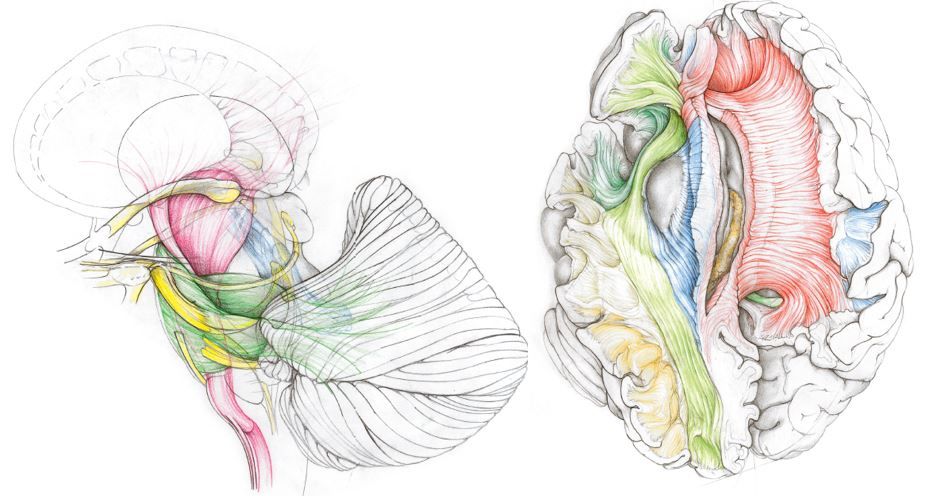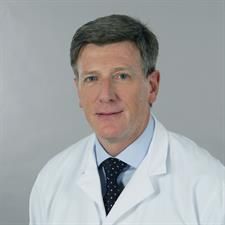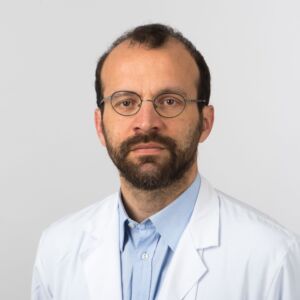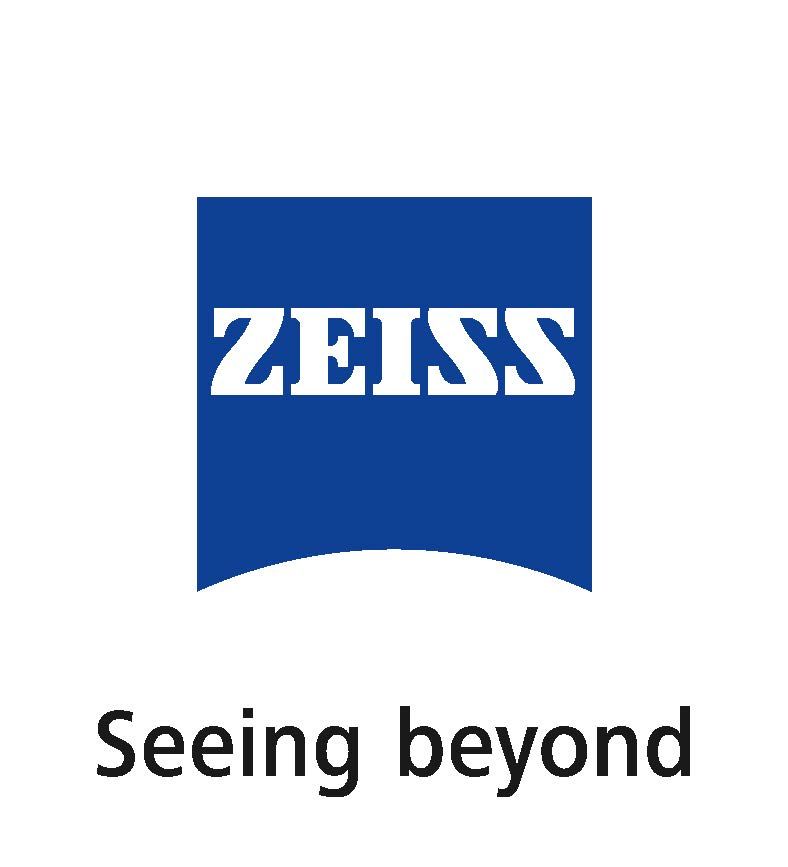Geschichte
Die Geschichte der Entwicklungen und Entdeckungen, die unser aktuelles Wissen über die makroskopische Anatomie der weissen Hirnsubstanz ermöglicht haben, ist sehr reichhaltig. Mehrere bedeutende Philosophen und Wissenschaftler haben dazu beigetragen: Galenus, Piccolomini, Malpighi, Varolio, Willis, Steno, Vieussens, Vicq d’Azyr, Reil, Gall, Burdach, Meynert, Mayo, Arnold, Foville, Gratiolet, um nur einige von ihnen zu nennen.
Im XIX. Jahrhundert kam es jedoch zu einer radikalen Verlagerung des Schwerpunkts. Das Interesse der meisten Wissenschaftler verlagerte sich von der makro- auf die mikroskopische Anatomie der weissen Substanz des menschlichen Gehirns, so dass die Technik der Sezierung der weissen Substanz im XX. Jahrhundert meist nur noch zu didaktischen Zwecken eingesetzt wurde. In den dreissiger Jahren entwickelte Herr Klingler, anatomischer Demonstrator im anatomischen Labor von Prof. Ludwig in Basel, ein besonderes Interesse und Talent für das Sezieren der weissen Substanz.
Sein Ziel war es, den Studierenden der Universität Basel dreidimensionale Modelle zur Verfügung zu stellen, die „die Studenten von der Arbeit der mentalen Rekonstruktion von Strukturen nach der Betrachtung zahlreicher Schnitte befreien, eine Aufgabe, die nur allzu oft erfolglos ist“. Er änderte auch leicht das Präparationsprotokoll, indem er routinemässig Gehirnproben einfror, ein Detail, das er aus seiner Zeit in Wien aus dem anatomischen Labor von Prof. Pernkopf übernommen hatte.
Das Talent von Herrn Klingler führte zu einem bemerkenswerten Atlas der Dissektion von Fasern der weissen Substanz: dem „Atlas cerebri humani“, der heute noch unübertroffen ist, was Details und Perfektion der Ausführung betrifft. Mehrere Studenten konnten vom Talent von Herrn Klingler profitieren, darunter der junge Professor Yaşargil, der in den 40er Jahren für drei Monate das Labor von Prof. Ludwig besuchte und danach regelmässig Herrn Klingler aufsuchte, um ihm seine Verbesserungen in der Präparationstechnik zu zeigen, und in der Regel die Antwort erhielt: „Sie werden immer besser…“.
In der zweiten Hälfte des XX. Jahrhunderts geriet die Technik in Vergessenheit, und es erschienen nur noch wenige Studien in der medizinischen Literatur. In den 90er Jahren wurde einer der jungen Neurochirurgen, die Professor Yaşargil in Zürich besuchten, von der Schönheit und Perfektion der sezierten Präparate, die Professor Yaşargil in seinem Büro aufbewahrte, überrascht. Auf Anregung von Professor Yaşargil besuchte er dann das Anatomische Museum in Basel, um die Originalpräparate von Herrn Klingler zu bewundern. Dieser junge Kollege, jetzt Professor Ugur Türe, veröffentlichte dann im Jahr 2000 eine Arbeit, in der er Schritt für Schritt erläuterte, wie die seitliche Sezierung eines Gehirns durchzuführen ist. Diese Arbeit stellt einen Meilenstein in der Geschichte der Dissektion der weissen Substanz dar und weckte das Interesse der wissenschaftlichen Gemeinschaft an diesem Thema enorm.
Professor Niklaus Krayenbühl erlernte daraufhin die Technik von Prof. Yaşargil selbst und von Professor Türe und gründete 2008 den Kurs zur Wiederbelebung der Tradition der Dissektion der weissen Substanz in Zürich und in Europa.
Ehrengäste
Mustafa Baskaya, Stephanie Forkel, Pablo Gonzalez Lopez, Paulo Kadri, Nupur Pruthi, Karl Schaller, Uğur Türe







